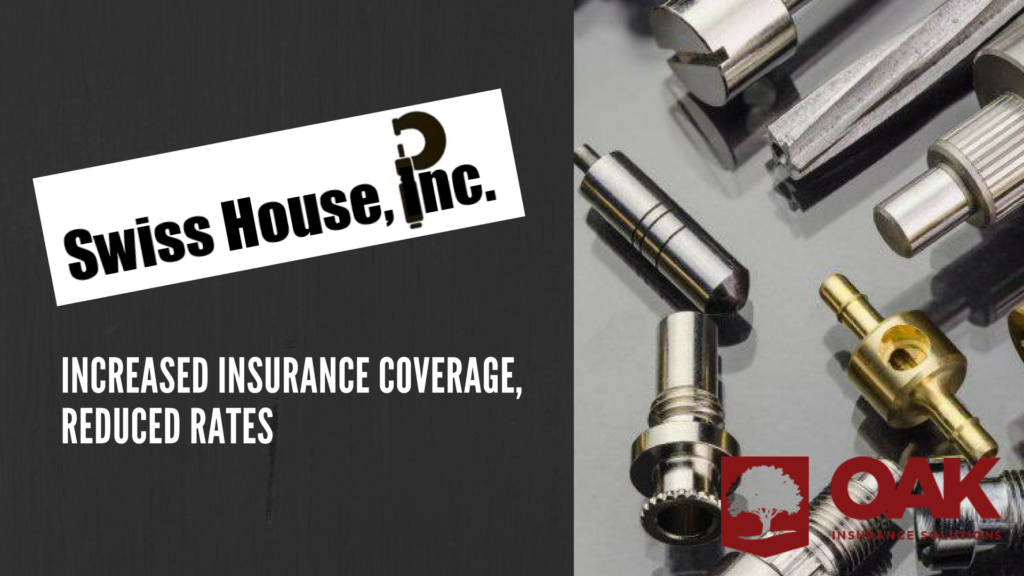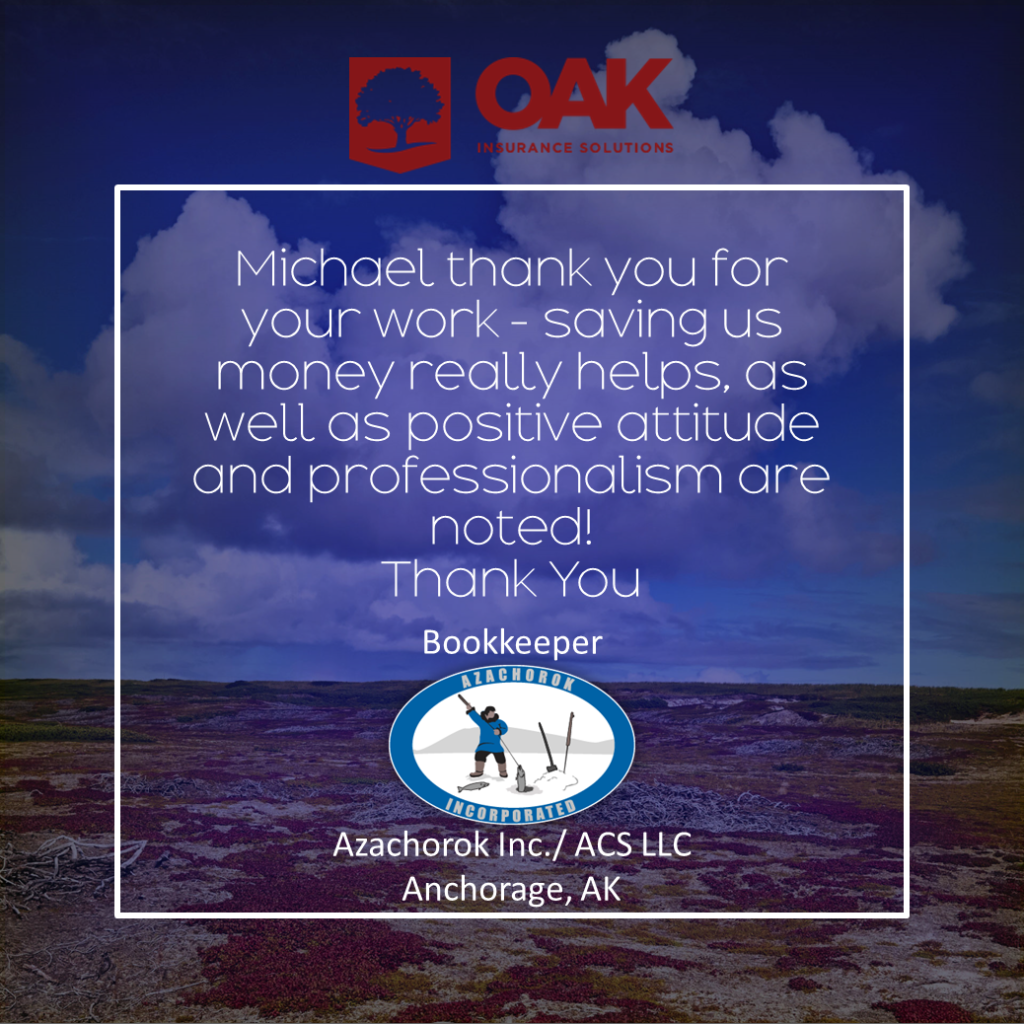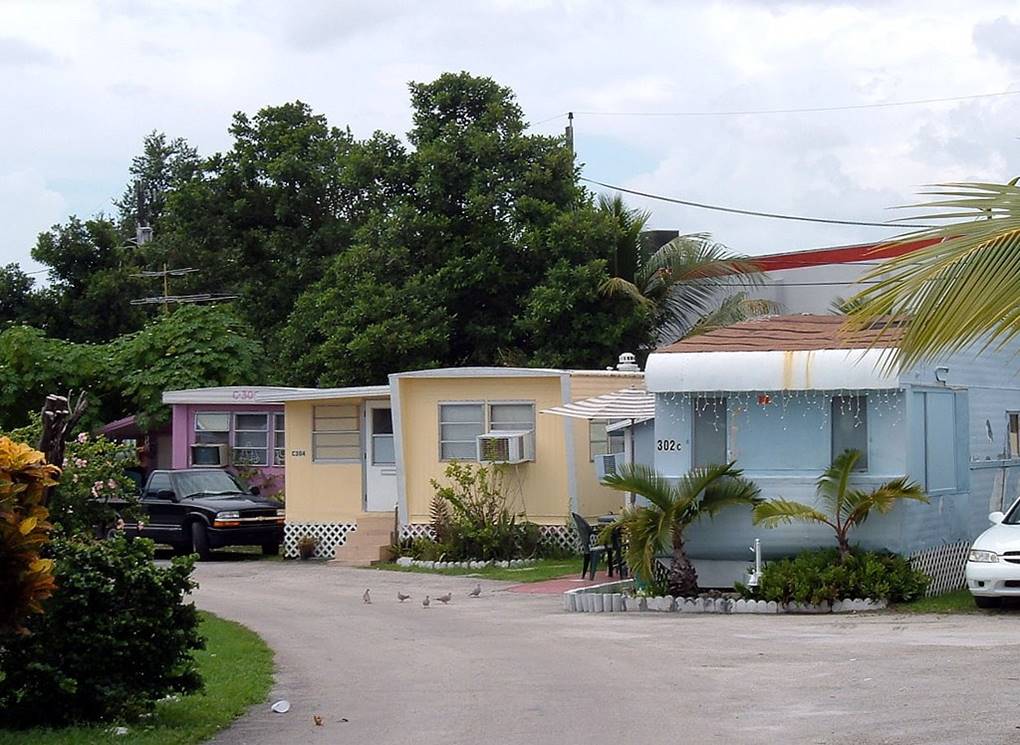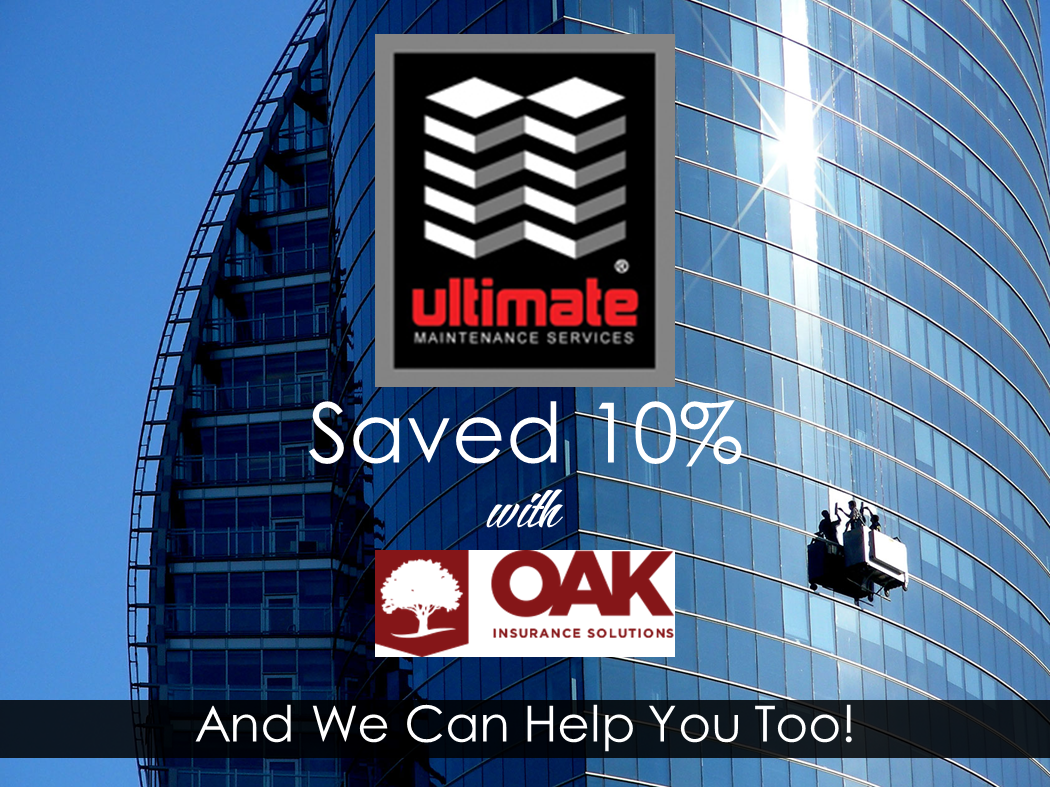 Glendora Home Insurance – The infamous PITI. It’s funny, even the Insurance portion of this acronym takes the bottom of the list. Between the mortgage, taxes, HOA, utilities, and other expenses, the thought of having to pay homeowners insurance on top of it all can be a real drag for homeowners if they don’t understand the true purpose and value behind it.
Glendora Home Insurance – The infamous PITI. It’s funny, even the Insurance portion of this acronym takes the bottom of the list. Between the mortgage, taxes, HOA, utilities, and other expenses, the thought of having to pay homeowners insurance on top of it all can be a real drag for homeowners if they don’t understand the true purpose and value behind it.
But what about from the real estate professional’s perspective? From a loan officer’s and Realtor’s view, it can also be stressful. Think about it, although homeowners insurance is usually mandatory if you have taken out a mortgage on your home, from the LO’s and agent’s perspective it’s just one more debt to add to the DTI ratio. Each additional debt/expense increases the risk of exceeding qualification ratio limits and consequently receiving a loan denial. Not to forget to mention, if the transaction is a purchase and the sales price is a bit stretched, there may be a disconnect between coverage limits and lender requirements.
That said, we also know the value and necessity behind homeowners insurance. Not only does coverage protect the homeowner and lender from losses should the property be damaged, but it protects the homeowner from liability should anyone get hurt on the property. As real estate professionals, this should be clearly communicated across to the client. Insurance is more than just another condition ordered by an underwriter.
By working with OAK Insurance Solutions you can receive that personal touch to really understand the borrower’s/client’s situation, deliver the right message, and obtain the necessary coverage to protect the home while continuing to qualify the client for their loan program.
Furthermore, you know what else stresses some professionals out? It’s understanding how to read the homeowners insurance declaration page, particularly, if they are not sure what to look for.
So what is a declaration page? In short, insurance companies provide a yearly declaration page, outlining the homeowner’s insurance coverage. The document should show who is insured on the top. This will include the policy number, the coverage period for the insurance, the name of the insured, the name of the lien holder, the property location, and the issuing insurance agency’s name and address.
Afterwards, it should also show what is insured. Also known as the rating information, this section will include details about the property to determine the premium.
Side note, we suggest that you highly recommend to your clients to review this section thoroughly each year and when a change is made to the home (i.e. obtaining a new roof, alarm, pool, or even adding a new pet can affect your premium).
Another main component is the section indicating how much the homeowner is insured. This will present the early premium, limits, deductibles, as well as the coverages for the dwelling, personal property, unattached structures, personal liability, loss of use benefit, personal liability, and medical payment protection.
The standard protection plan covers:
- The Dwelling – This includes the home, attached structure, plumbing, heating and air conditioning, electrical wiring, as well as built-in appliances.
- Personal Property – This includes the personal belongings in the home.
- Unattached Structures – Examples can include sheds, detached garages, fences, driveways, patios, etc…
- Loss of Use Benefit – If an unforeseen event strikes, requiring the homeowner to live elsewhere while repairs are being made, the loss of use benefit will cover some living expenses.
- Personal Liability – If someone or their property is injured while hurt on the insured’s property, personal liability coverage will protect the homeowner from financial loss should they be sued.
- Medical Payment – Similar to #5, this protection will provide no-fault medical coverage to the third party injured in the home.
If you have any questions regarding coverage, reading a declaration page, or an existing policy, please do not hesitate to contact OAK Insurance Solutions.
 At OAK Insurance Solutions we’re all about delivering results. We know what most of our clients want, and that is, quality coverage at reduced rates. As the neighborhood’s insurance agency, we aim to please. Accordingly, when we met Swiss House, Inc., a precision job shop manufacturer, we were able to reduce their annual premium by 30% and workers compensation net rates by 15%. Additionally, we increased their insurance limits by 25% to 100% and set them up with cyber and product liability as well. Thank you to Swiss House, Inc. for their trust and business. We value you them as clients and a company!
At OAK Insurance Solutions we’re all about delivering results. We know what most of our clients want, and that is, quality coverage at reduced rates. As the neighborhood’s insurance agency, we aim to please. Accordingly, when we met Swiss House, Inc., a precision job shop manufacturer, we were able to reduce their annual premium by 30% and workers compensation net rates by 15%. Additionally, we increased their insurance limits by 25% to 100% and set them up with cyber and product liability as well. Thank you to Swiss House, Inc. for their trust and business. We value you them as clients and a company!

 OAK Insurance Solutions would like to take a moment and recognize our newest client, Dr. Abaro, DDS Inc.! Looking to increase coverage, while reducing his rates, Dr. Abaro contacted our agency. After a comprehensive analysis of his needs and goals, we were able to increase his business owner’s policy’s insurance limits anywhere from 15% to 100%. We set him up with an all-encompassing blanket P&C coverage, cyber liability blanket coverage, employee benefits liability blanket coverage, accounting/billing implementation per location, as well as reduced his workers compensation net rates by 5% and saved him 5% on insurance at each of his locations. Thank you to Dr. Abaro, DDS, Inc. and his staff for their trust and business. We value you them as clients and as an incredible corporation!
OAK Insurance Solutions would like to take a moment and recognize our newest client, Dr. Abaro, DDS Inc.! Looking to increase coverage, while reducing his rates, Dr. Abaro contacted our agency. After a comprehensive analysis of his needs and goals, we were able to increase his business owner’s policy’s insurance limits anywhere from 15% to 100%. We set him up with an all-encompassing blanket P&C coverage, cyber liability blanket coverage, employee benefits liability blanket coverage, accounting/billing implementation per location, as well as reduced his workers compensation net rates by 5% and saved him 5% on insurance at each of his locations. Thank you to Dr. Abaro, DDS, Inc. and his staff for their trust and business. We value you them as clients and as an incredible corporation! OAK Insurance Solutions welcomes and acknowledges our newest client, West Coast Sports Medicine Foundation, a non-profit, 501(C) 3 charitable organization. Looking to reduce their Workers Compensation rates, we lowered their net rates by 50%, provided them with access to alternative carriers and options for hard to place non-profit risks, and set them up on Pay-As-You-Go Payroll Reporting Services. Thank you to The West Coast Sports Medicine Foundation for their trust and business. We value you them as clients and as an amazing organization!
OAK Insurance Solutions welcomes and acknowledges our newest client, West Coast Sports Medicine Foundation, a non-profit, 501(C) 3 charitable organization. Looking to reduce their Workers Compensation rates, we lowered their net rates by 50%, provided them with access to alternative carriers and options for hard to place non-profit risks, and set them up on Pay-As-You-Go Payroll Reporting Services. Thank you to The West Coast Sports Medicine Foundation for their trust and business. We value you them as clients and as an amazing organization! Glendora Home Insurance – The infamous PITI. It’s funny, even the Insurance portion of this acronym takes the bottom of the list. Between the mortgage, taxes, HOA, utilities, and other expenses, the thought of having to pay homeowners insurance on top of it all can be a real drag for homeowners if they don’t understand the true purpose and value behind it.
Glendora Home Insurance – The infamous PITI. It’s funny, even the Insurance portion of this acronym takes the bottom of the list. Between the mortgage, taxes, HOA, utilities, and other expenses, the thought of having to pay homeowners insurance on top of it all can be a real drag for homeowners if they don’t understand the true purpose and value behind it. OAK Insurance Solutions welcomes Los Angeles and Orange County’s leading personal injury litigation attorneys, The Napolin Law Firm!
OAK Insurance Solutions welcomes Los Angeles and Orange County’s leading personal injury litigation attorneys, The Napolin Law Firm!
 OAK Insurance welcomes Azachorok Contract Services, LLC! Azachorok specializes in electronic components and assembly of diagnostic equipment for safety critical flight controls.
OAK Insurance welcomes Azachorok Contract Services, LLC! Azachorok specializes in electronic components and assembly of diagnostic equipment for safety critical flight controls. Glendora Mobile Home Park Insurance – Mobile Home Parks have become some of the most sought-after investment properties available in the marketplace. Over the years, however, more and more carriers are less willing to write the risk. WHY…you may ask?
Glendora Mobile Home Park Insurance – Mobile Home Parks have become some of the most sought-after investment properties available in the marketplace. Over the years, however, more and more carriers are less willing to write the risk. WHY…you may ask? We at OAK Insurance Solutions like to welcome United Bakery Equipment Company, the world’s leading manufacturer of automated Slicing and Packaging Equipment providing state-of-the-art solutions for bakeries across the globe.
We at OAK Insurance Solutions like to welcome United Bakery Equipment Company, the world’s leading manufacturer of automated Slicing and Packaging Equipment providing state-of-the-art solutions for bakeries across the globe. Thank you to Ultimate Maintenance Services for their trust and business. We value them as clients and as a great corporation! We had the privilege of saving them 10% on their insurance by setting them up with the following:
Thank you to Ultimate Maintenance Services for their trust and business. We value them as clients and as a great corporation! We had the privilege of saving them 10% on their insurance by setting them up with the following: 
Recent Comments